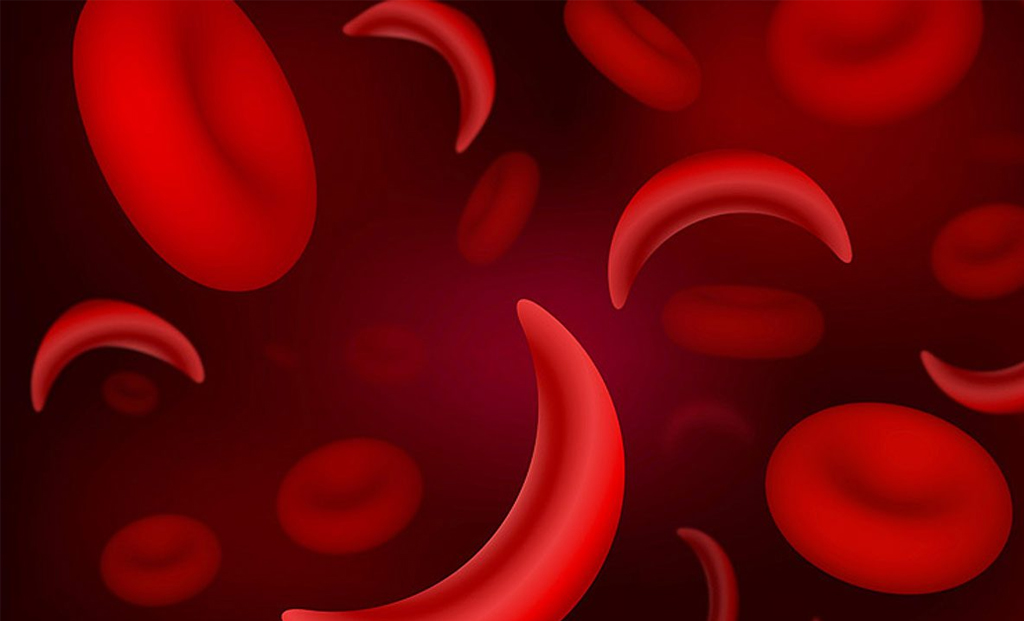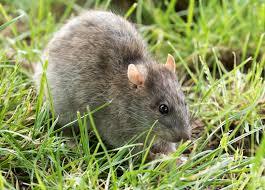National Registry for Rare Diseases Witnesses Significant Enrollments
In a significant move towards addressing the healthcare needs of patients suffering from rare diseases, the Indian government has allocated a substantial sum of Rs. 92.84 Crore for the treatment of such patients. This allocation is part of the National Policy for Rare Diseases (NPRD), 2021, which aims to provide specialized care and financial support to those afflicted with uncommon medical conditions. The government’s efforts are directed towards ensuring equitable access to treatment, improving patient outcomes, and promoting research in this critical area of healthcare.
Eleven Centres of Excellence Designated for Rare Disease Treatment
As per the provisions of NPRD, 2021, the government has designated eleven Centres of Excellence (CoEs) across the country. These CoEs are premier Government tertiary hospitals equipped with state-of-the-art facilities for diagnosis, prevention, and treatment of rare diseases. Patients registered with these centers receive immediate attention and personalized care, as the CoEs cater to the specific challenges posed by different rare diseases.
Financial Support Increased to Benefit Rare Disease Patients
Under NPRD, 2021, the government has increased the financial support available to rare disease patients. Previously capped at up to Rs. 20 lakhs per patient, the assistance has now been enhanced to up to Rs. 50 lakhs per patient. This increase is expected to alleviate the financial burden faced by patients and their families and ensure that they can access the necessary treatments and therapies without financial constraints.
Categorization of Rare Diseases and Treatment Options
NPRD, 2021, categorizes rare diseases into three groups based on treatment modalities. Group 1 includes disorders amenable to one-time curative treatment, such as Hematopoietic Stem Cell Transplantation (HSCT) or organ transplantation. Group 2 comprises diseases that require long-term or lifelong treatment with relatively lower treatment costs. These conditions are managed with special dietary formulae or other forms of therapy. Group 3 includes diseases for which definitive treatment exists but involves high costs and lifelong therapy.











